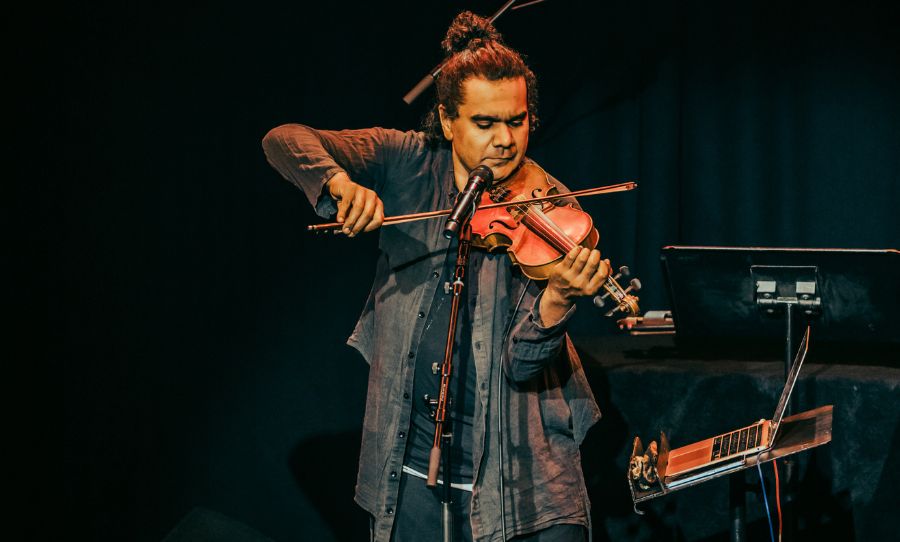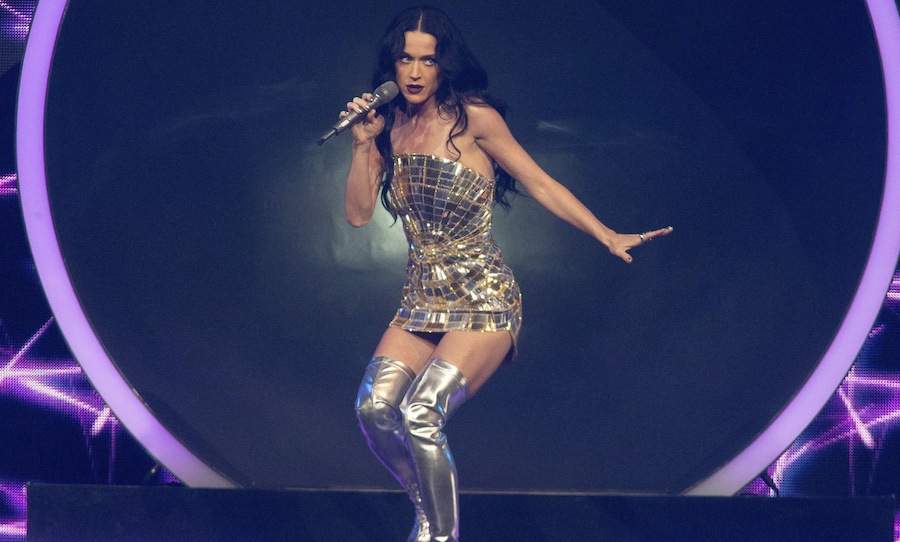Can you imagine Paris without its Eiffel Tower? Rome without The Colosseum? San Francisco without The Golden Gate Bridge? How about Sydney without its Opera House? In 1956, the premier of New South Wales Joseph Cahill invited architects and designers the world over to design an opera house to grace Sydney’s picturesque Bennelong Point.
Over 200 entries were whittled down to the eventual winner, Jørn Utzon’s concrete shells, which have since become Australia’s most striking piece of iconography. It seems almost wrong to picture something else in its place.
What would Sydney be without its Opera House? These designs didn’t quite make the cut when it came to designing a symbol that would last an eternity.
Budget Direct recently commissioned UK-based creative studio NeoMan to research and render seven of the unsuccessful entries, working with a team architecture specialists to produce the final images from the blueprints supplied.
Utzon’s concrete shells were a clear winner, but some of the other designs appeared promising, too.
Sir Eugene Goossens
Looking not too dissimilar to perhaps a Hillsong Church or a sci-fi Notre Dame, Sir Eugene Goossens’ design was never formally entered into the competition calling for a design for an official Opera House at Bennelong Point on Sydney’s Harbour.
Goossens was both the conductor for the Sydney Symphony Orchestra and the director for the New South Wales Conservatorium of Music and was one of the leading figures in the fight to get an official opera house built for Sydney.
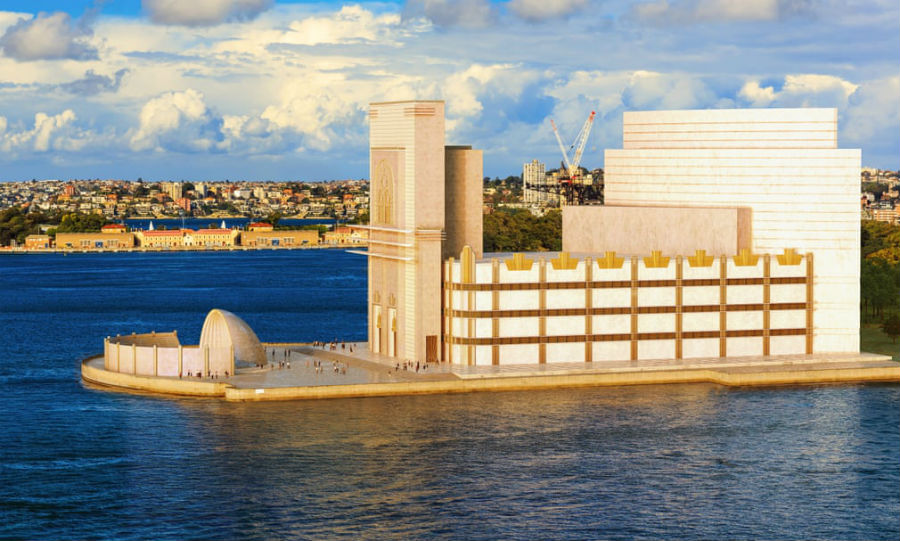
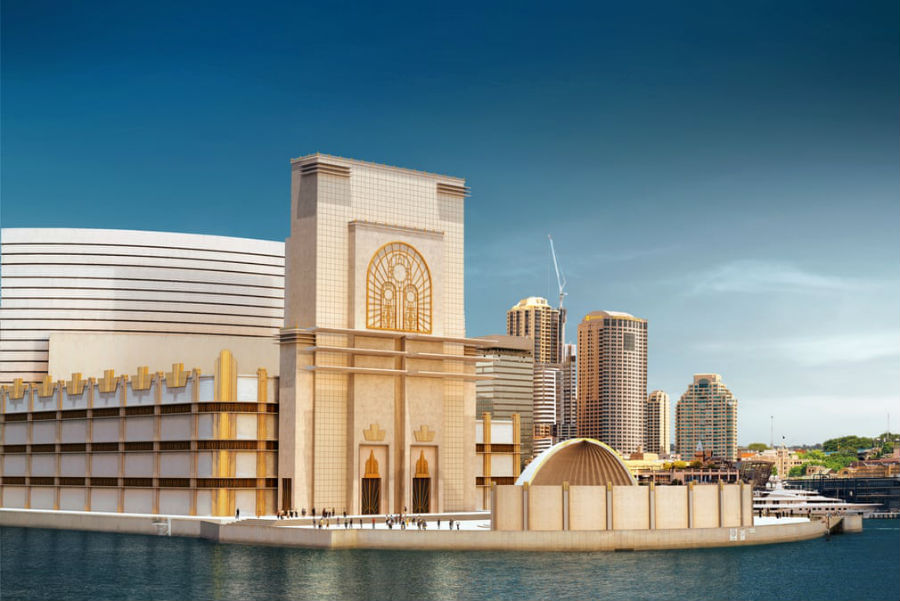
Philadelphia Collaborative Group
The Philadelphia Collaborative Group was made up of seminal American architects who taught at the University of Pennsylvania including Leon Loschetter, George Qualls, Walter Weisman, and Robert Geddes.
Their design, featuring a multi-story bronze horse, was praised for its “robust” spiral structure and its “well-suited” position to Bennelong Point.
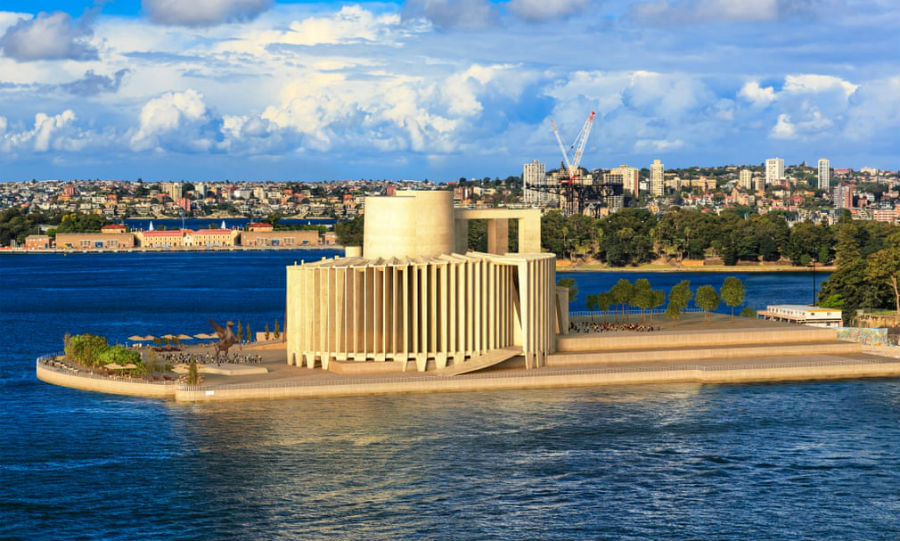

Peter Kollar and Balthazar Korab
Refugee Peter Kollar fled Hungary’s communist regime to Australia in 1950. His collaborative entry with Balthazar Korab was the highest-ranking design from an Australian entry.
Kollar, upon his arrival to Australian shores, joined the architecture faculty at Sydney’s University of New South Wales where he lectured until his death in 2010. Judges commended Kollar and Korab’s design for its “very skilful planning”.
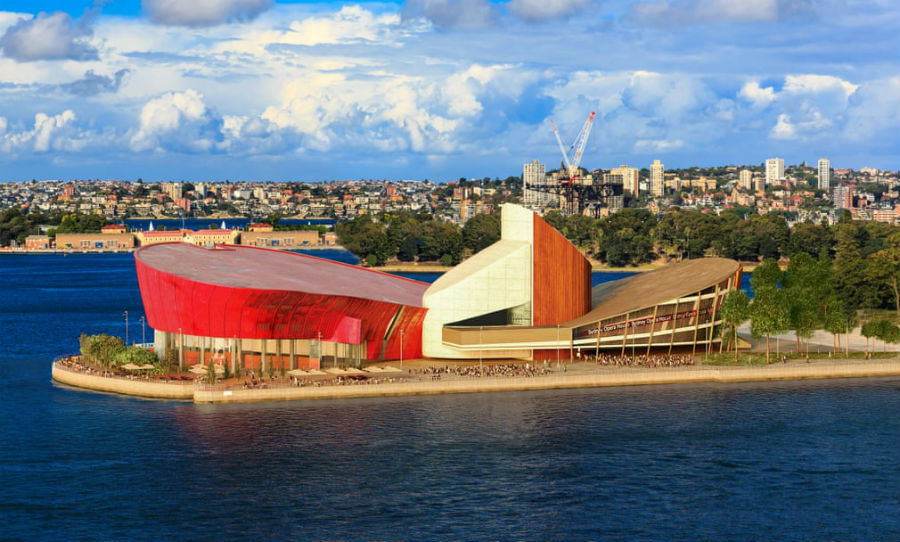
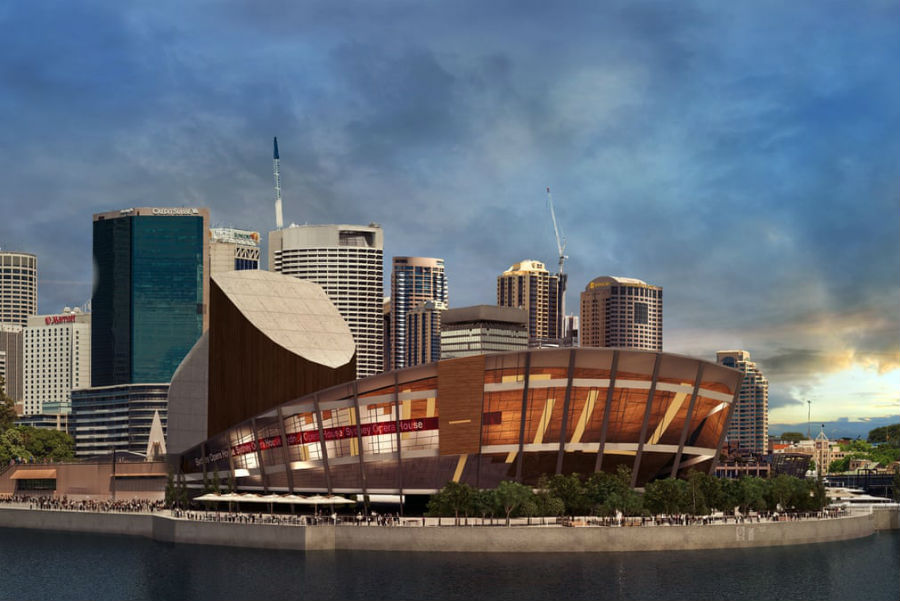
Paul Boissevain and Barbara Osmond
The Dutch-British husband and wife duo that made up the Boissevain-Osmond firm spent six months working with theatre and acoustic consultants to perfect their design. The judges were super impressed by the scale of the team’s design but didn’t quite make the final cut.
Instead, it placed third, a little too conservative next to the now iconic concrete seashells.
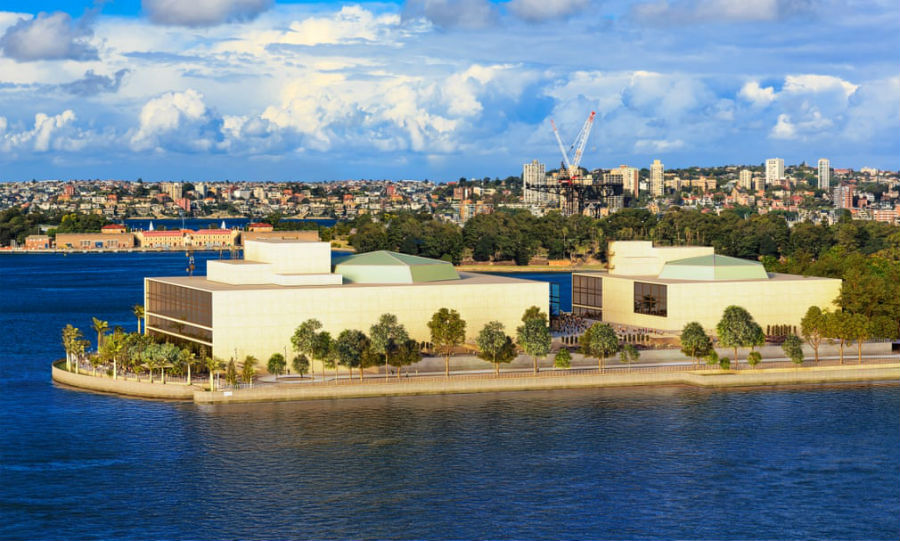
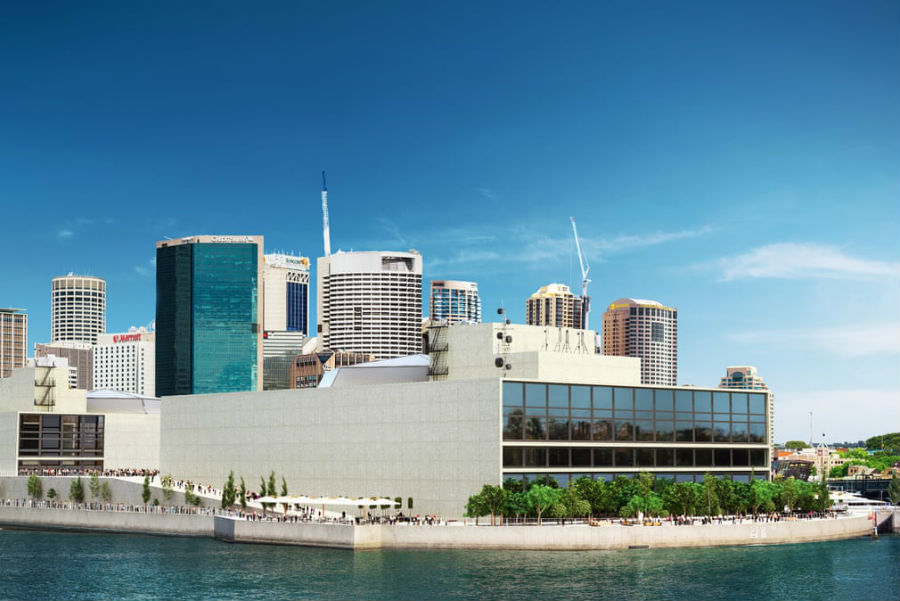
Vine and Vine
British firm Vine and Vine were unsuccessful with their design, which was made of up two auditoriums separated by a restaurant. Vine and Vine’s design, following the firm’s standard, also made provisions for ample outdoor space – a sunken waterside plaza, in the case of the opera house.
Judges deemed the two auditoriums perhaps a bit too much.
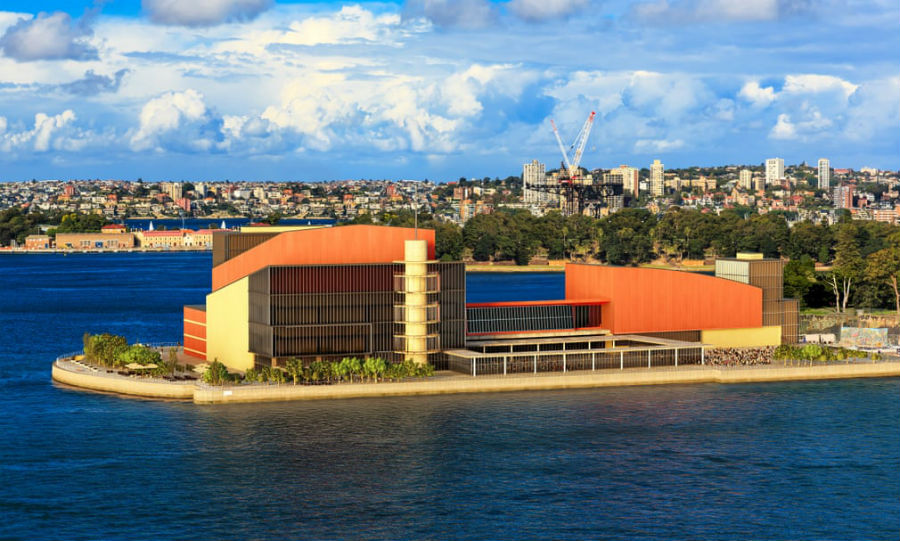
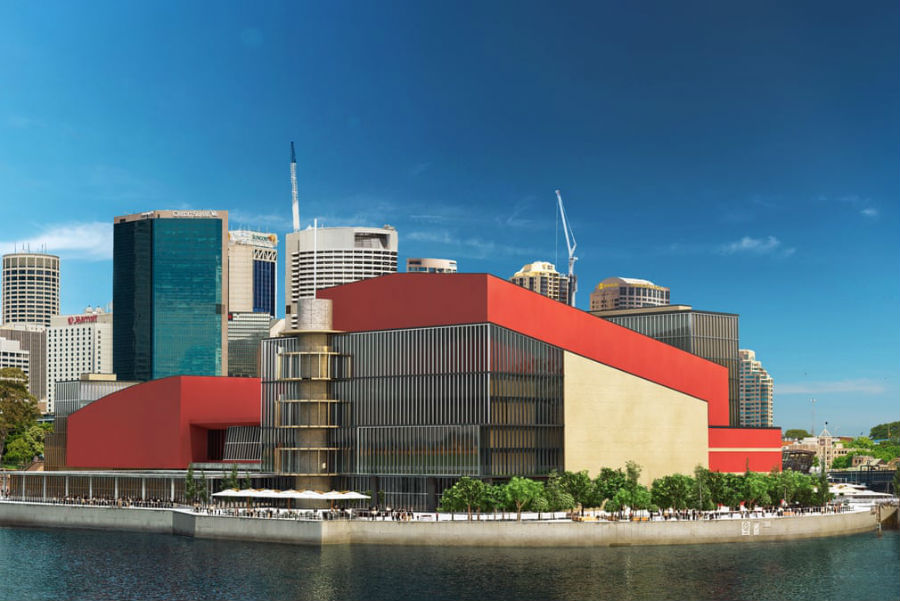
SW Milburn and Partners
SW Milburn and Partners’ design shared some similarities with Paul Boissevain and Barbara Osmond’s, but where Boissevain and Osmond’s promenade was en plein air, SW Milburn’s was tucked neatly under the raised buildings.
The design team also plopped a helicopter pad on the building’s top, just in case someone had to go somewhere in a hurry.


Via Budget Direct.

